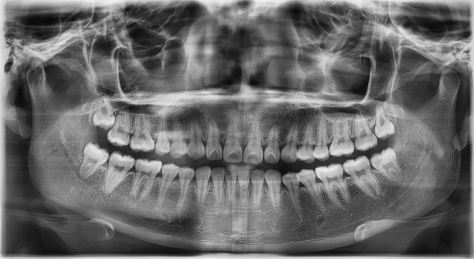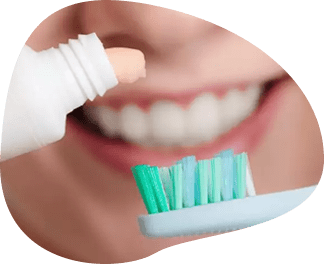When you get braces, your dentist will likely give you a list of dos and don’ts regarding what you can eat. The reason behind these dietary guidelines is to prevent damage to the braces and ensure that your orthodontic treatment is as effective and as comfortable as possible. In this guide, we’ll explore the foods that are off-limits when you have braces, why it’s important to avoid them, and what foods you can safely enjoy. Whether you are in the UK or elsewhere, the basic principles of what to avoid remain consistent.
Understanding the Basics: Why Some Foods Are Off-Limits
Hard Foods: Potential Damage to Braces
Foods that are particularly hard can cause significant damage to the brackets and wires of braces. Biting into hard foods can lead to broken brackets and even bent wires, which can disrupt the progress of your treatment and require additional trips to the orthodontist for repairs.
Sticky and Chewy Foods: The Risk of Dislodgement
Sticky and chewy foods pose a serious risk as they can adhere to the braces and potentially pull them away from the teeth. This not only risks damage to the hardware but can also lead to increased plaque buildup around the brackets, which is difficult to clean and can lead to tooth decay.
The Impact of Fizzy, Sugary, and Acidic Drinks on Braces
While focusing on solid foods is important, the beverages you consume can also significantly impact your braces and overall oral health. Fizzy drinks, including sodas and carbonated waters, sugary beverages like sports drinks and fruit juices, and acidic drinks such as citrus juices, can be particularly harmful when you have braces.
Why Avoid These Drinks?
- Erosion and Decay: The combination of sugar and acid in these drinks can lead to enamel erosion and cavities. The braces create nooks and crannies that can trap these liquids, exacerbating their effects.
- Bracket Damage: Acidic environments can weaken the adhesive that holds the brackets to your teeth, potentially leading to dislodgement.
- Staining: Colored drinks can stain the brackets and bands, as well as your teeth, leaving you with uneven coloration once the braces are removed.
Safer Alternatives:
Water is your safest bet while wearing braces. Some zero sugar cordials are acceptable, but avoid “no added sugar” cordials as these still contain natural sugar. Milk and unsweetened tea are also safe options that do not pose the same risks to your braces or dental health. If you do indulge in a sugary or acidic drink, it’s advisable to use a straw to minimize contact with your braces and teeth and to rinse your mouth with water afterward to help neutralize the acids.
Foods to Avoid With Braces
Hard Foods: What Not to Eat
- Ice: Chewing on ice is a common habit that can break brackets.
- Hard candies: These can also break brackets or bend wires.
- Raw vegetables: Hard vegetables like carrots or apples should be cut into small, bite-sized pieces.
- Nuts: All nuts pose a risk to the integrity of your braces.
Sticky and Chewy Foods: The Sticky List
- Gum: Chewing gum has great antibacterial effects, but unfortunately can get stuck in your braces.
- Sticky sweets: Caramels, toffee, and similar sweets can dislodge brackets.
- Soft mints : Tough and chewy textures are difficult to manage.
Crunchy Foods: watch out!
- Popcorn: The kernels can get stuck and cause irritation or even infections.
- Chips: Hard, crunchy chips should be eaten cautiously or avoided.
Eating Well With Braces
Understanding what foods to avoid and what you can eat with braces is crucial for a successful orthodontic journey. By following these guidelines, you can avoid unnecessary damage to your braces and ensure a smoother, more effective treatment. Remember, every precaution taken with your diet contributes significantly to achieving that perfect smile.
By adhering to these dietary guidelines, you’ll protect your orthodontic investment and be on your way to a healthier, straighter smile. If you’re ever in doubt about a particular food, it’s always a good idea to err on the side of caution and opt for something softer and safer. Happy eating, and here’s to a successful treatment!
Contact us
At Vallance Dental Centre, we are dedicated to providing the highest quality of care and ensuring you fully understand your dental health. If you have any questions about our private braces offerings or need information on our dental charges, our friendly team is ready to assist.
Don’t let misconceptions or uncertainty deter you from achieving optimal dental health. Contact us by email or telephone to schedule an appointment. Understanding your treatment options is the first step to a healthier you.


